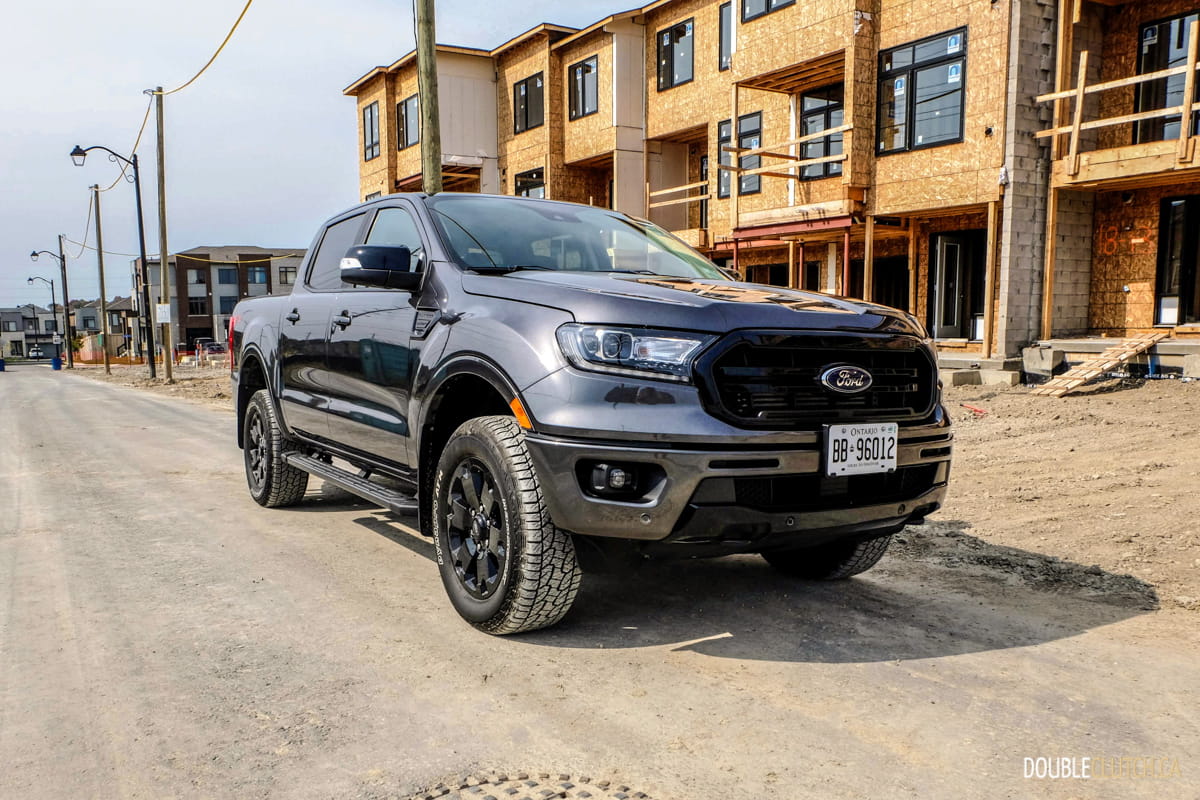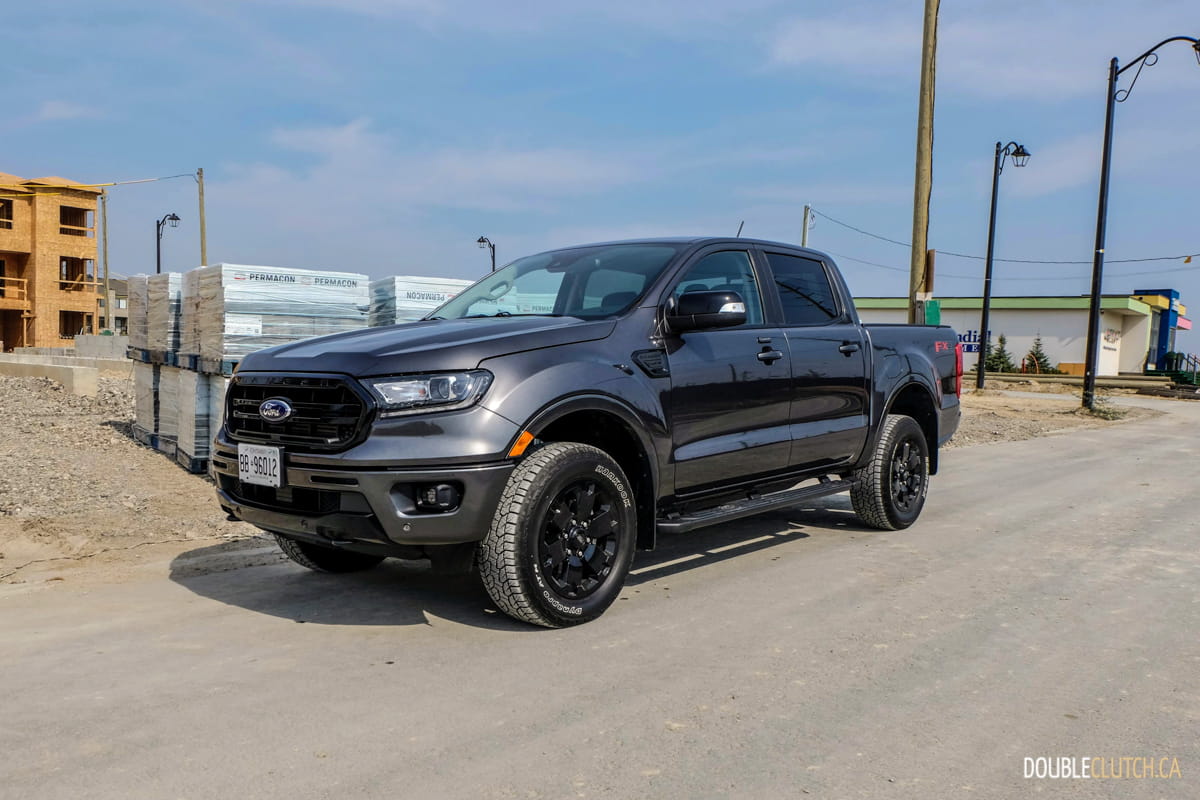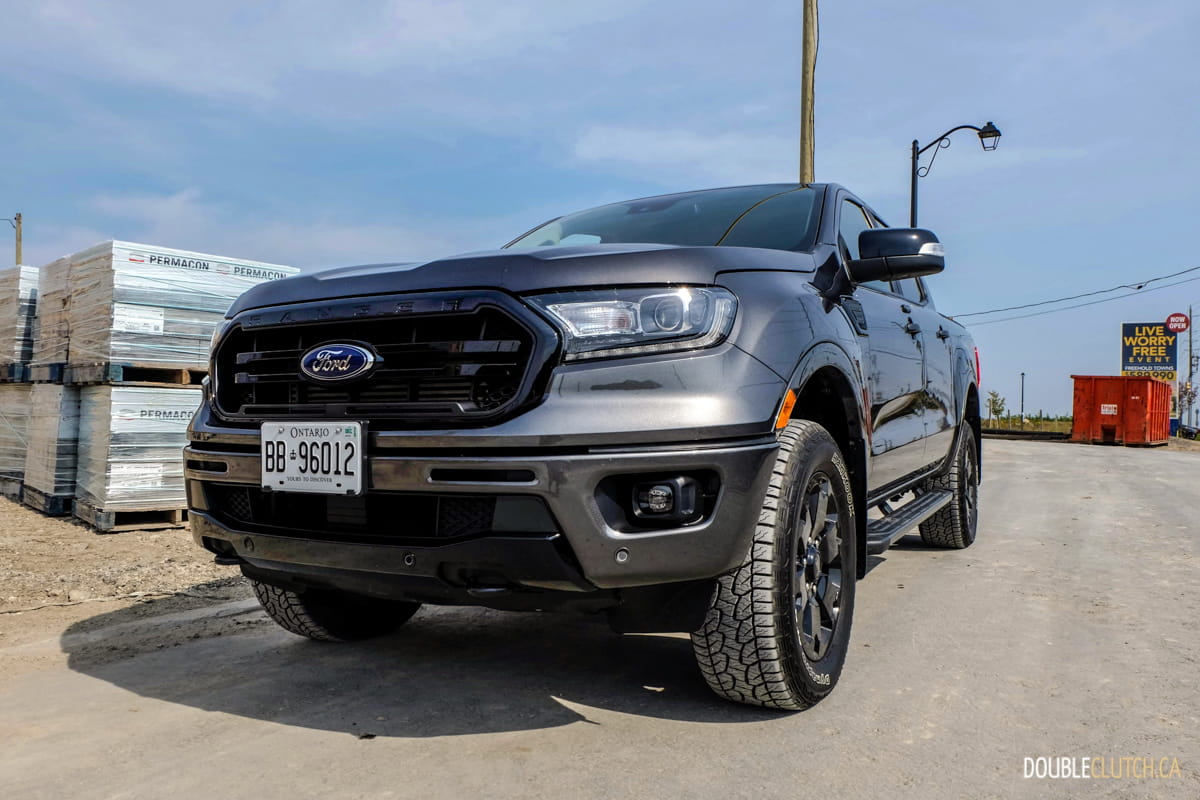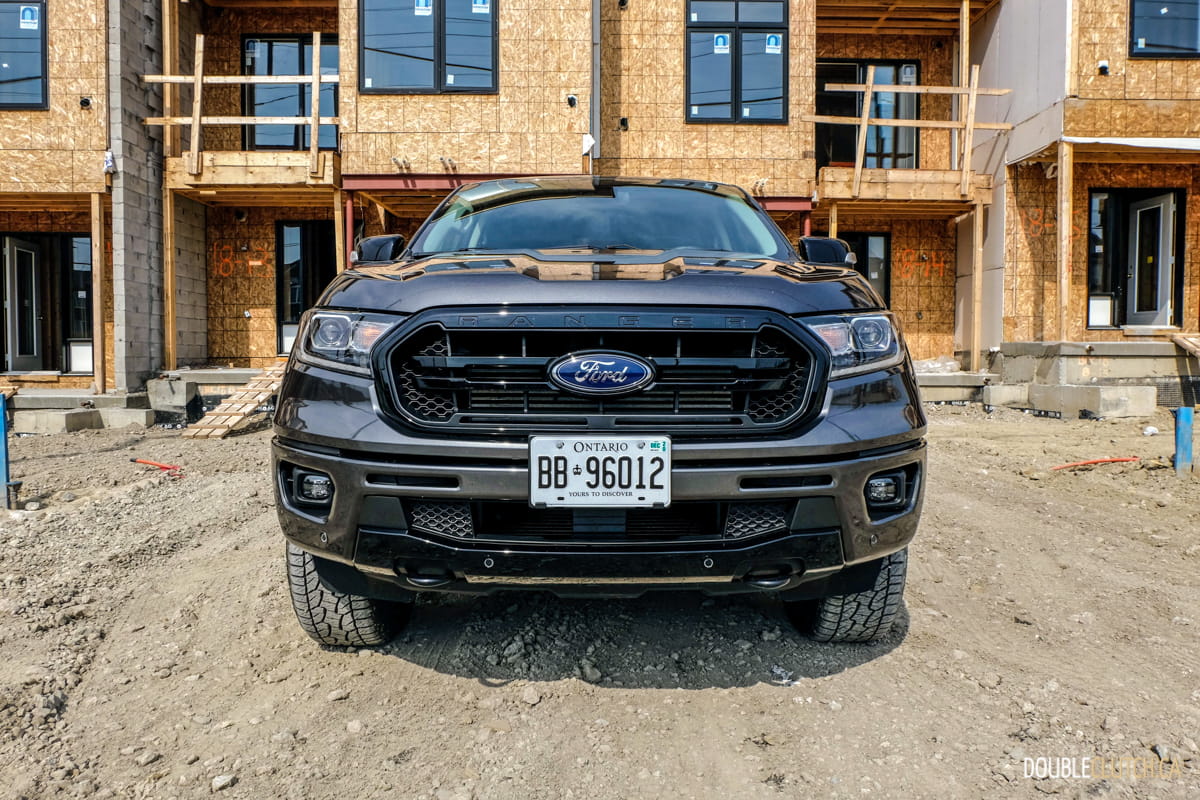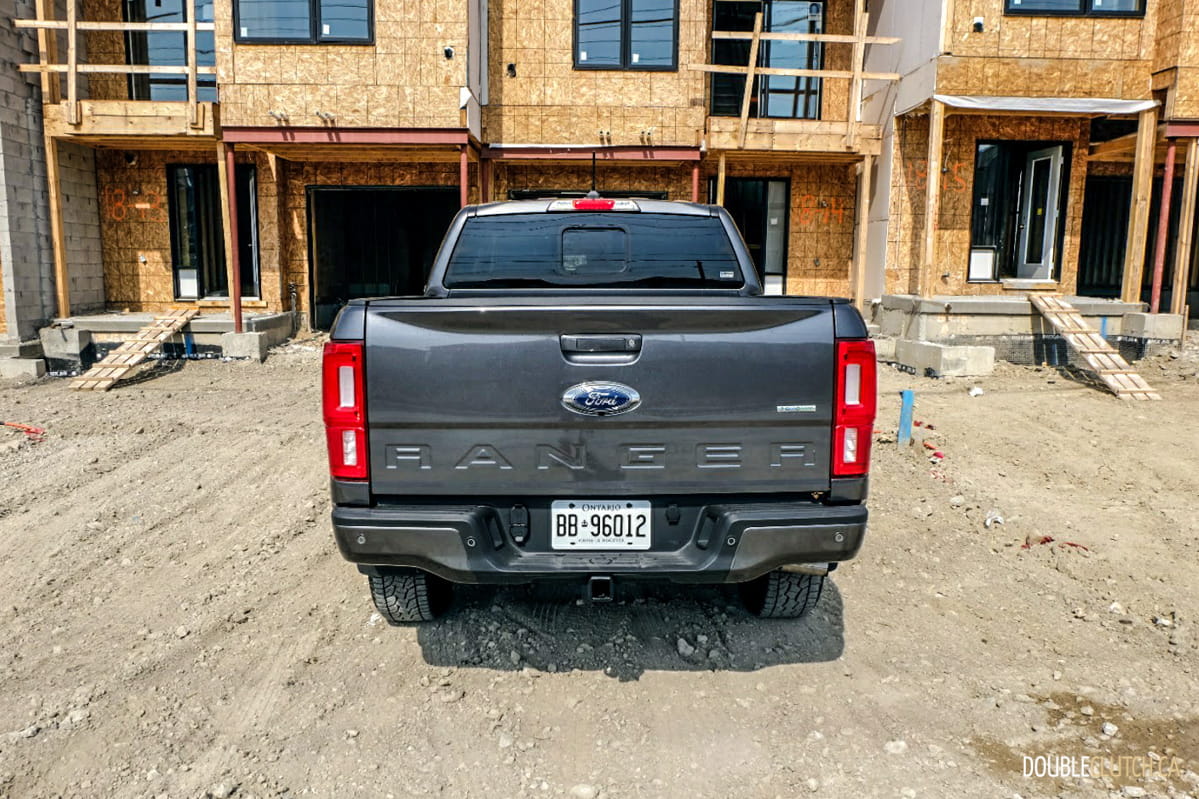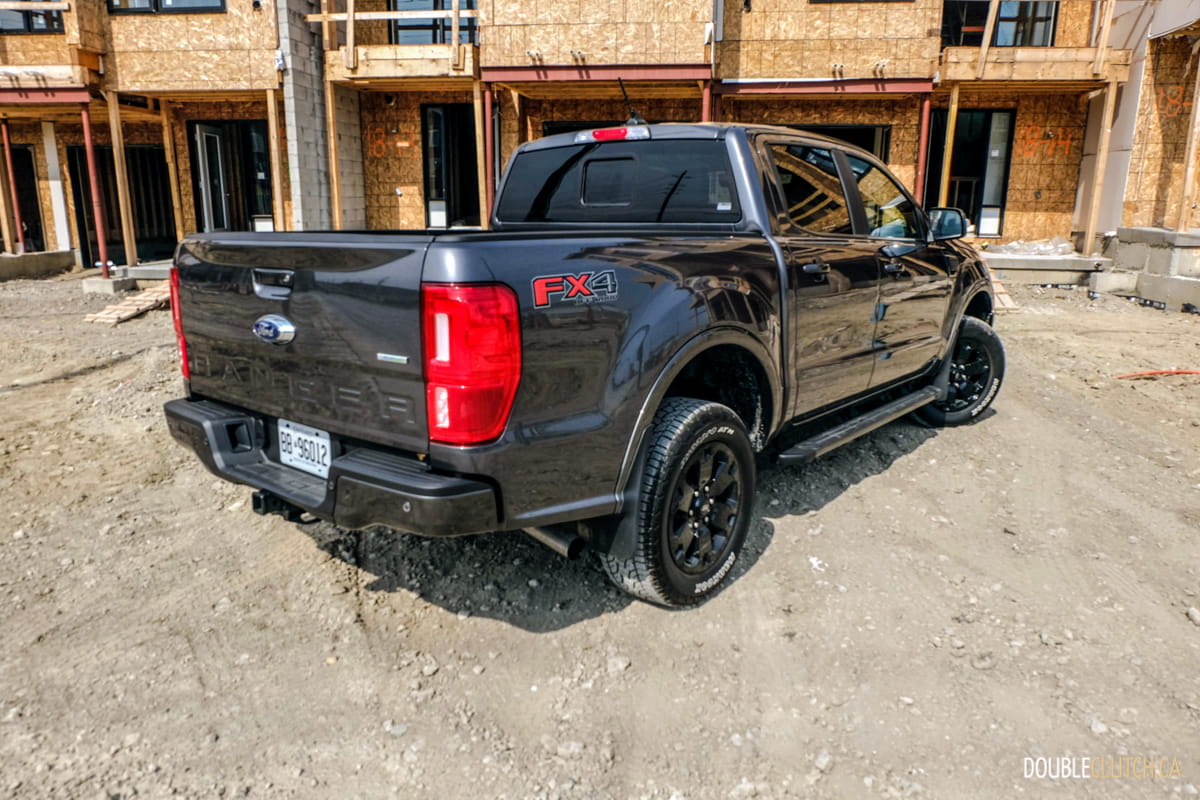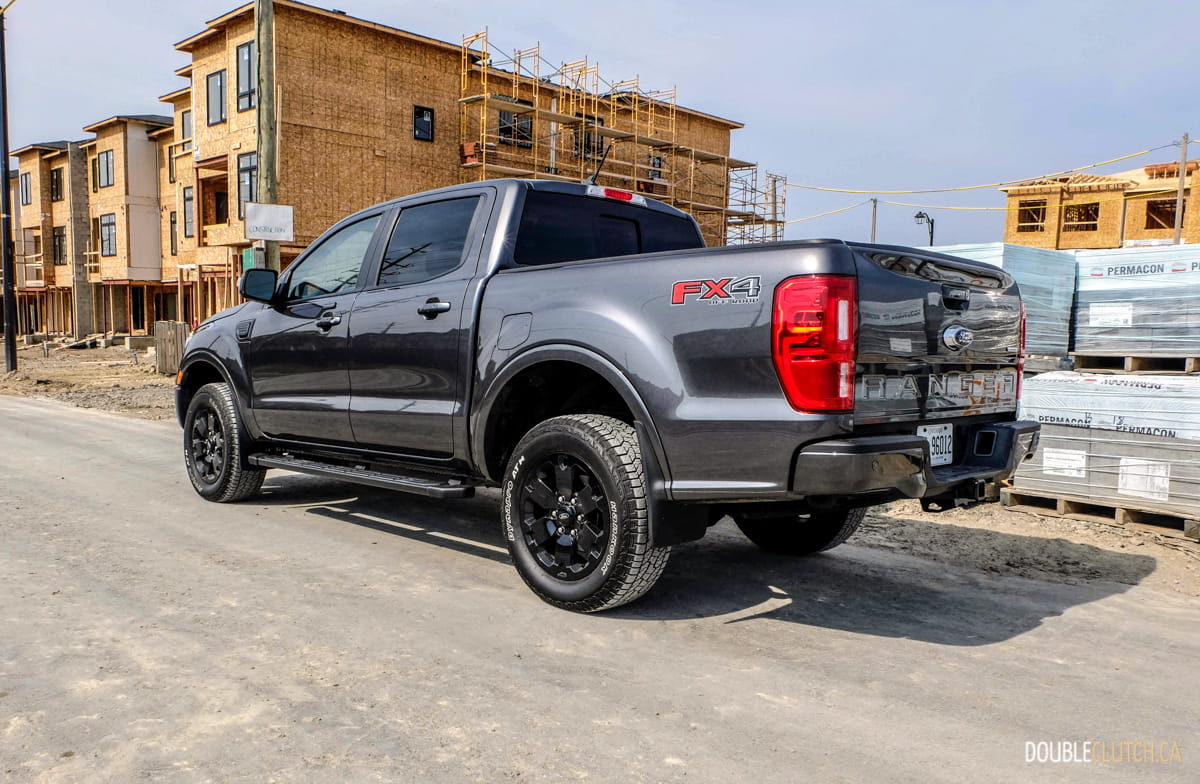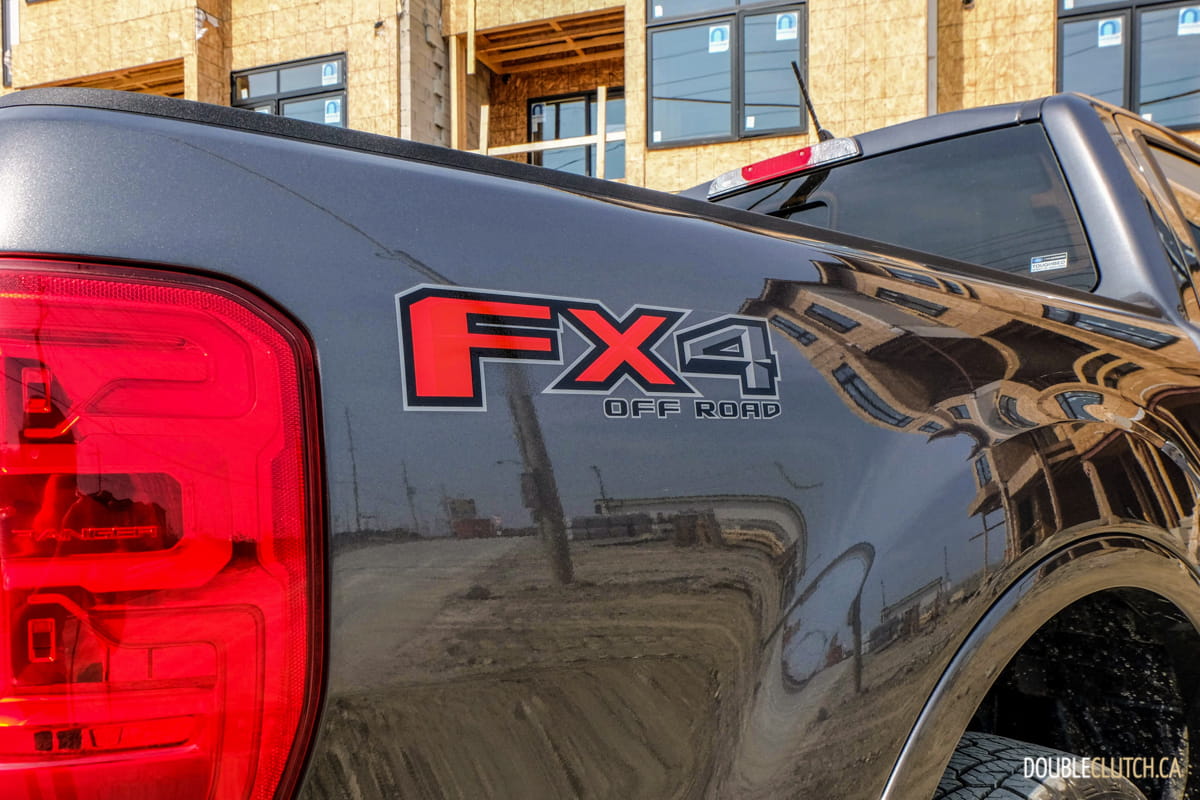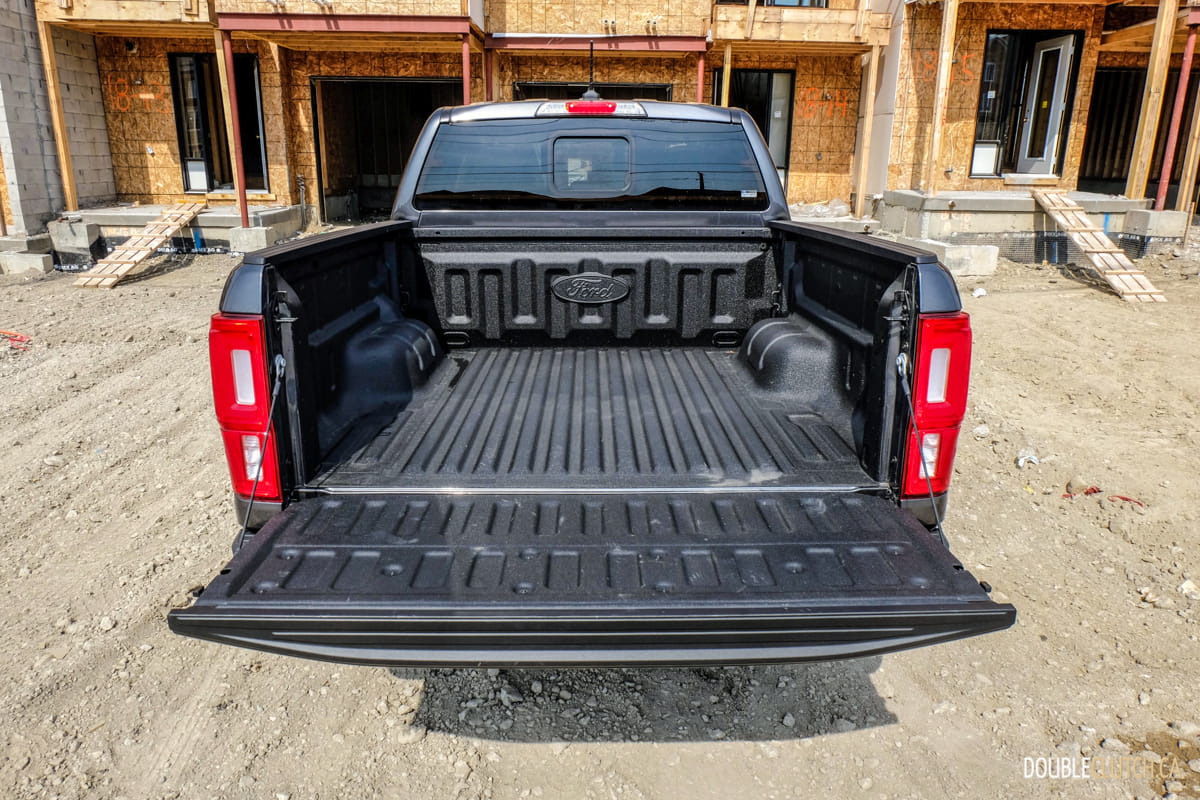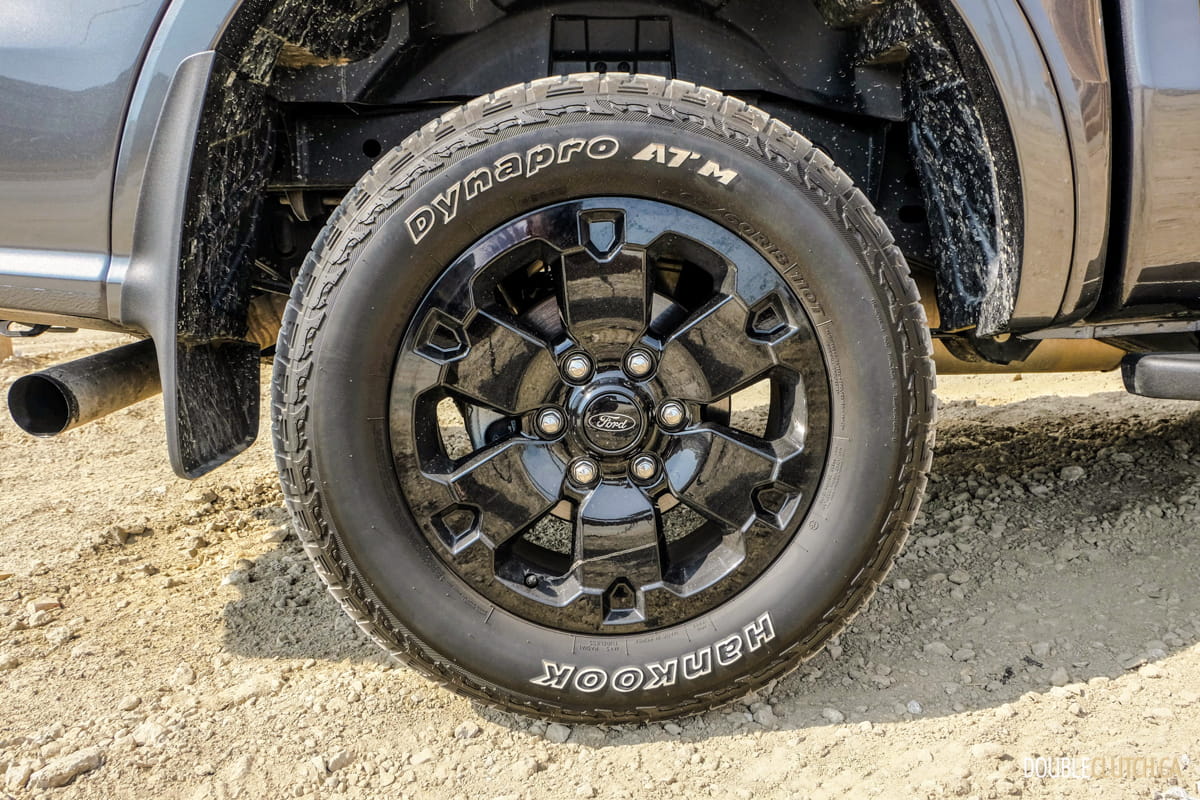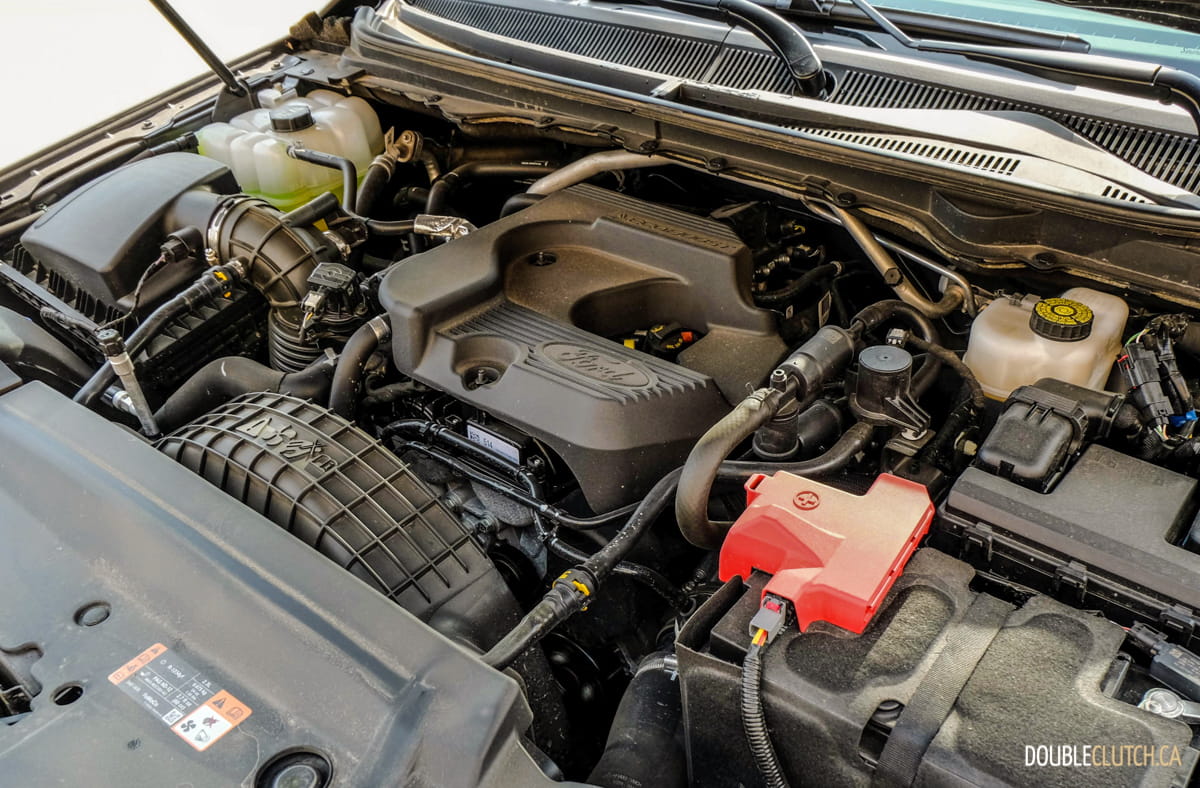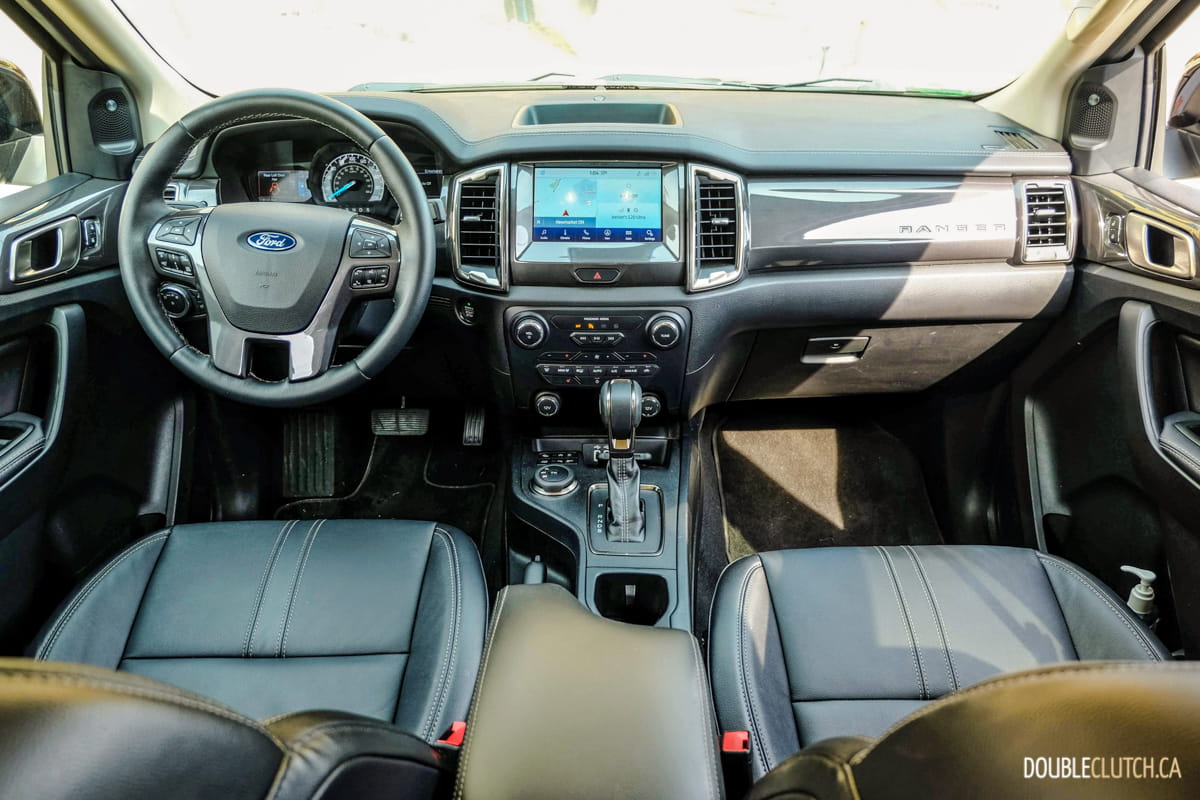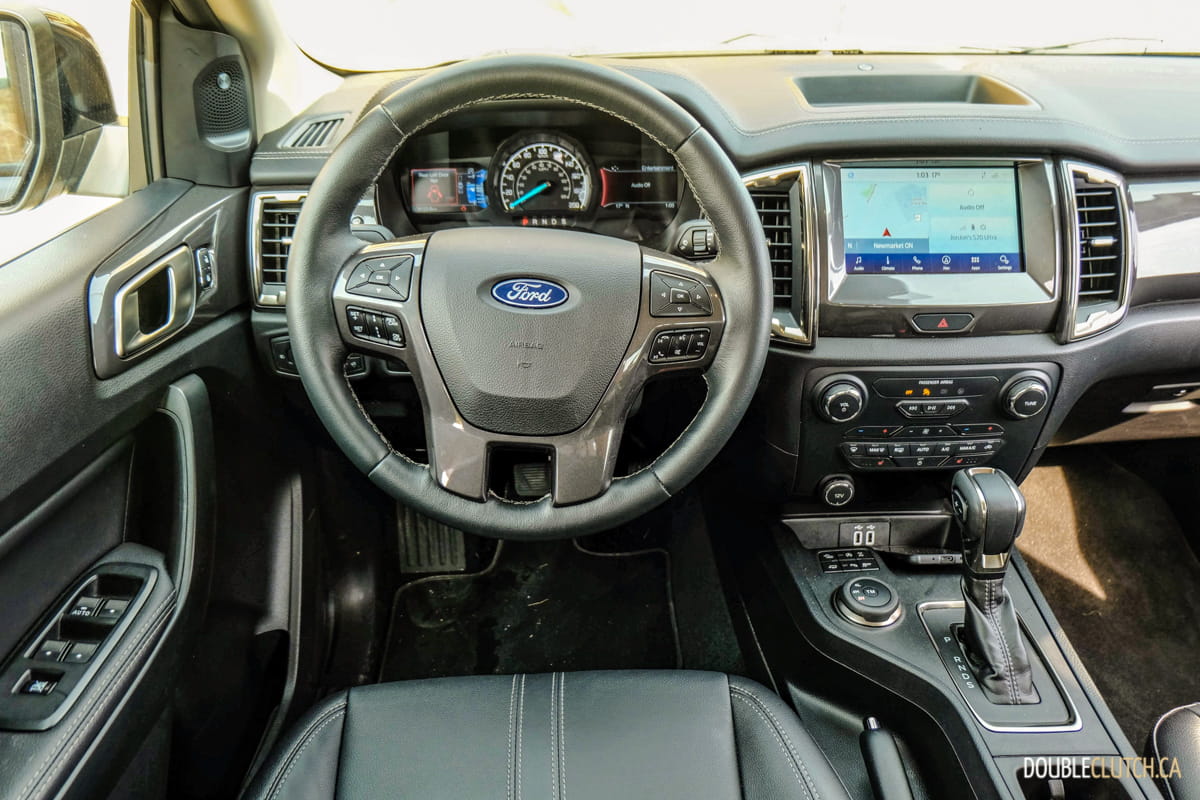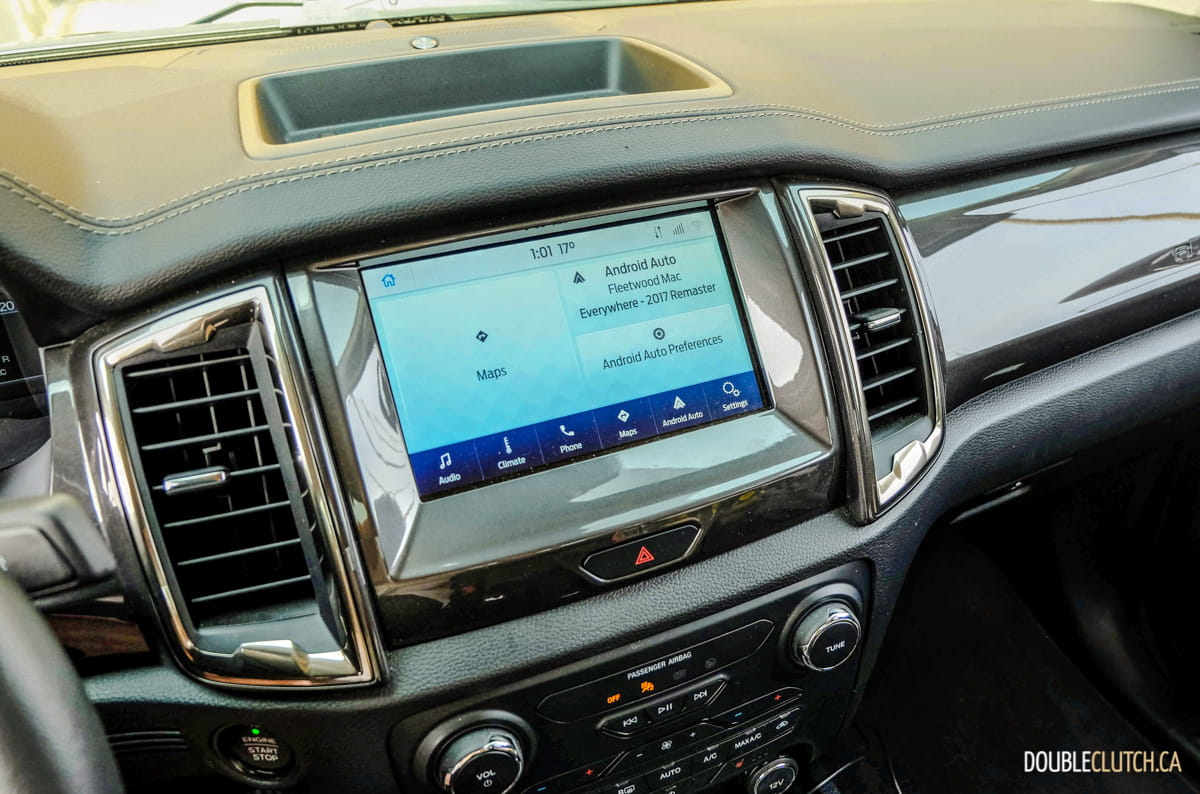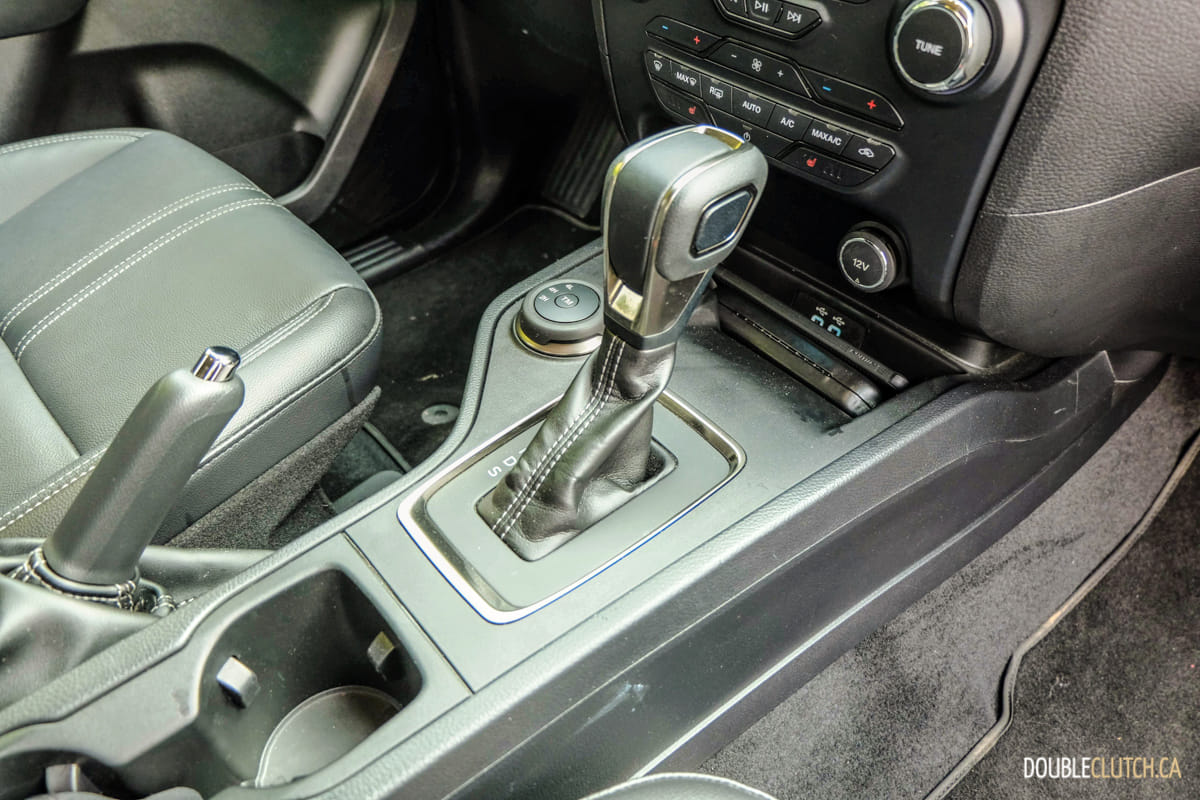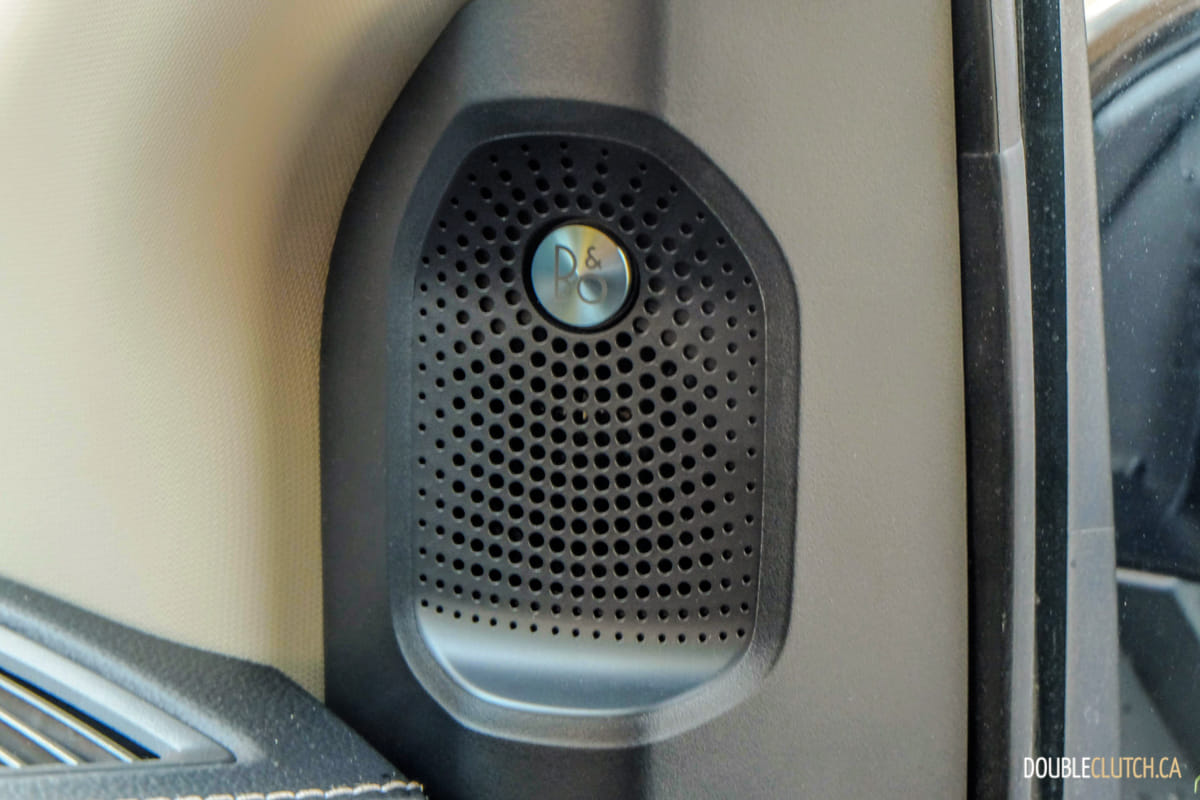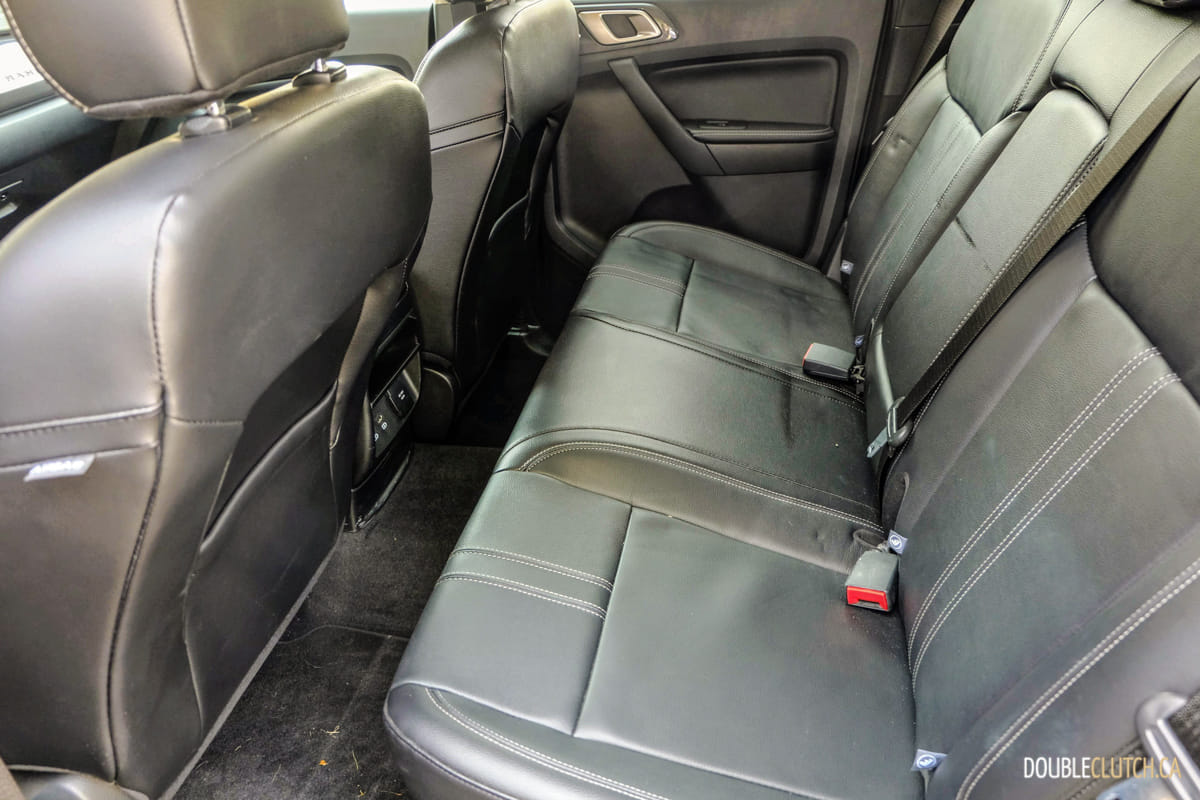When the original version of this 2020 Ford Ranger Lariat was introduced in 1983, little did people know that the compact pickup would become the base chassis for some of Ford’s most iconic models, the Explorer and Bronco. This is also a period when Ford owned a percentage of Mazda, who also had their own subcompact pickup known as the B-Series that shared this platform. Eventually, buyers began to abandon the sub compact pickup segment in favor of more larger and capable models such as the F-150 and in 2012, Ford ended Ranger production in North America.
However, the compact truck market rebounded several years later and Ford could not lose General Motors, Honda and Toyota to grab first time pickup owners that tend to remain quite loyal to a brand. So in 2019, Ford brought back the iconic Ford Ranger, and we jumped into a 2020 Lariat to determine where it stands in the current landscape.
In the current compact pickup market, Ford’s competitors consist of the Toyota Tacoma (reviewed here), GMC Canyon, Nissan Frontier, Chevrolet Colorado, Honda Ridgeline and Jeep Gladiator. Some are more truck-like than others and in this market, that’s what most buyers lean towards. The Ford Ranger is based off a platform that dates back to 2011, and that is immediately apparent after spending a few days behind the wheel.
The Lariat comes in SuperCrew form, which includes a five-foot bed. For those that normally haul stuff like plywood, it’s a relatively short and narrow. Those that favour luggage and light use will find the Ranger more useful. The rear seats can be folded up or down which is quite useful if you don’t have a tonneau cover on the bed or have valuable items that need to be locked up and out of sight. Space is ample for my six-foot three frame, there’s generous shoulder and headroom, and plenty of cubby space to hold miscellaneous items. Predictably, rear seating is tight and the position is upright.
The Ranger’s interior looks dated and lags behind its immediate competitors; it’s only Ford’s SYNC 3 infotainment system that saves it. Apple CarPlay and Android Auto are standard, the eight-inch screen is clear and reacts quickly to the touch. A 675-watt sound system is fairly but far from Bang & Olufsen’s best work in an automobile. Materials are a mixture of soft and hard materials, leaning more so on the latter. HVAC controls are placed quite low and adjustments will take the driver’s eyes off the road, and the Ranger lacks a powered rear cab window.
Ride quality is where the Ford Ranger really falls behind its competitors. Body on frame pickups are known to have a more unforgiving ride, however the Ranger tends to bounce more than most when faced with a pothole. On the daily commute and through a construction site, the Ranger tended to jump around way more than any other truck, regardless of the speed. Thankfully, the smooth surface ride on the 400-series highways is quite good.
Ford offers only one powerplant here, a 2.3-liter EcoBoost four-cylinder that was once seen in their Focus RS (reviewed here). It has been tweaked to perform more rugged duty in the Ranger, outputting a stout 270 horsepower at 5,500RPM and 310 lb-ft. of torque at 3,000RPM. The Ranger does provide more low end grunt than its V6 competitors even if it doesn’t sound great when asked to do so, and response is excellent.
This engine is matched to a 10-speed automatic transmission that needs more time spent in fine tuning, because it gets confused at times, especially at low speeds. This is consistent through other Ford models with the 10-speed automatic and four cylinder, such as the Mustang EcoBoost. Fuel economy is rated at 11.8L/100km city and 9.8L/100km highway, and our week returned 11.9L/100km. The 68-liter tank recommends premium-grade fuel, which is also not present in rival offerings.
From a safety perspective, Ford has the Ranger’s occupants covered. Ford’s Co-Pilot360 is standard and this includes features such as lane keep assist, pre-collision emergency braking, blind spot alert (trailer enabled), cross traffic alert, rear view camera and automatic high beam control.
The price is where things get interesting. A base Ranger XL starts at $32,159 and our Lariat comes in at $41,619. Our tester was loaded with options including an FX4 Off Road Package, 501A Package (navigation, technology group, remote start), Trailer Tow Package, and more. $8,120 in options brought the total to $50,739 before taxes, fees and destination charges.
In comparison, a 2020 Chevrolet Colorado Crew Cab ZR2 is priced slightly higher but comes with a V6 that has more horsepower, but is down on torque compared to the Ford Ranger. A Toyota Tacoma 4×4 Double Cab with the TRD Off Road Package also falls into the same price point and is also closely equipped. Both are fantastic options to consider when looking at the Ranger. If size isn’t an issue and you want a Ford, consider a Ford F-150 XLT.
The 2020 Ford Ranger Lariat would be a great contender if the competition wasn’t so stiff. The dated interior and ride make it difficult to recommend especially when you consider Ford’s sensational and best-selling F-150 into the mix, with a wide array of bed and cab sizes, engines and more modern technology. Add in the F-150’s additional refinement and discounts normally thrown onto the hood of full-sized trucks, and the choice becomes even more clear. If you’re a Ford loyal and the physical footprint is a top priority, the Ranger is likely your truck.







